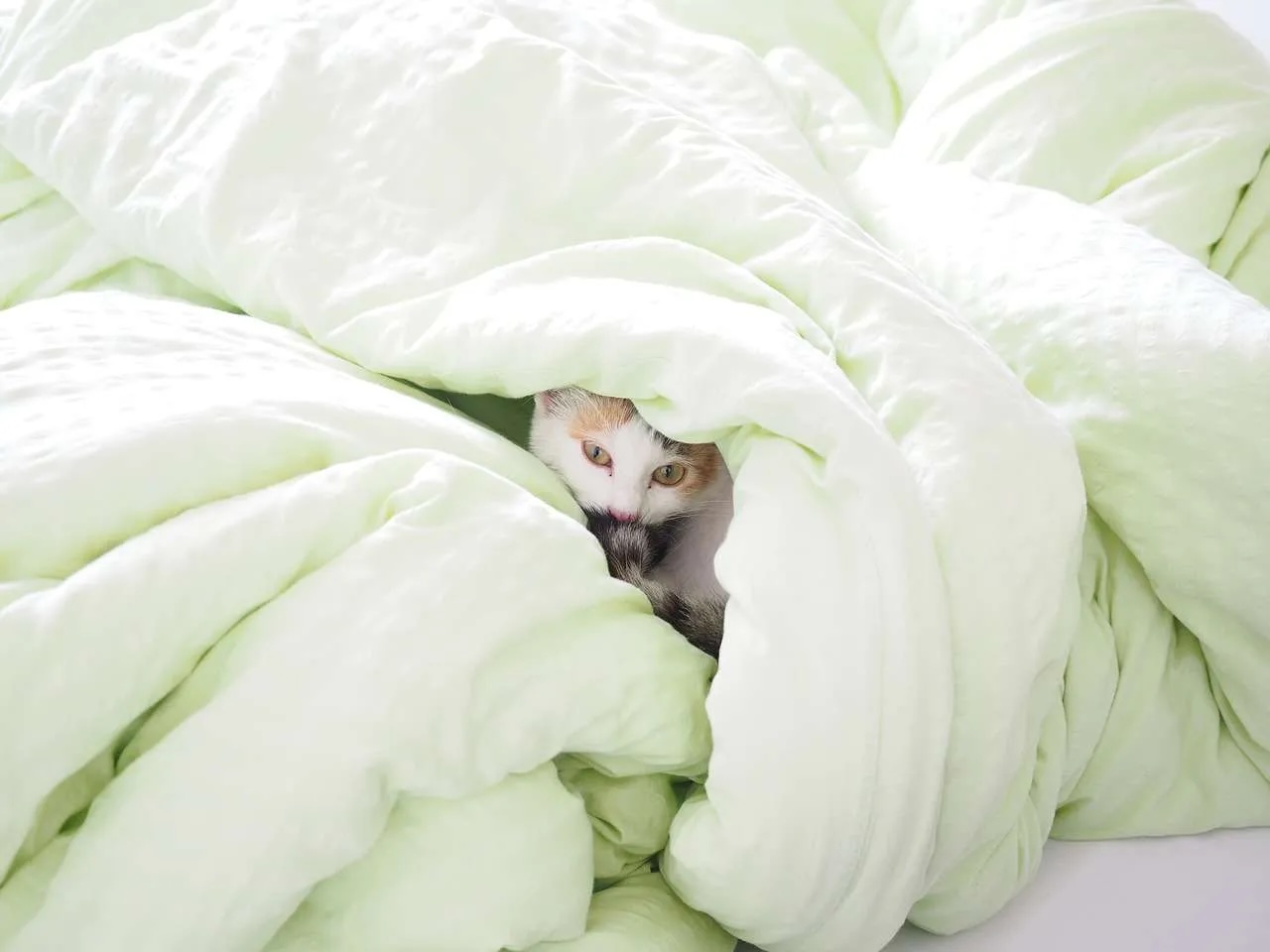

Articles
Who Invented The Duvet
Modified: August 26, 2024
Discover the fascinating history behind the invention of the duvet in our informative articles. Uncover the genius behind this cozy bedding innovation.
(Many of the links in this article redirect to a specific reviewed product. Your purchase of these products through affiliate links helps to generate commission for Storables.com, at no extra cost. Learn more)
Introduction
When it comes to getting a good night’s sleep, the type of bedding you choose can make all the difference. Among the many options available, the duvet has become a popular choice for its comfort, versatility, and ease of use. But have you ever wondered who invented the duvet?
To uncover the origins of this beloved bedding accessory, we must dive into the fascinating history of bedding itself. Throughout the centuries, humans have sought ways to enhance their sleeping experience, from simple animal skins to sophisticated mattresses and blankets.
Join us on a journey through time as we explore the evolution of bedding and the invention of the duvet, shedding light on the pioneers behind this ingenious creation.
Key Takeaways:
- The duvet, a beloved bedding choice, has evolved from primitive sacks to luxurious comforters. Its history spans centuries, shaped by countless innovators and pioneers, making it a staple in bedrooms worldwide.
- The modern duvet’s invention is a result of collective knowledge and innovation. While no single individual can be credited, figures like Sir Terence Conran and Peter Munk played pivotal roles in popularizing and promoting the duvet as a luxurious and practical bedding choice.
Read more: Who Invented The Mattress
The History of Bedding
Since the dawn of civilization, humans have recognized the importance of a comfortable sleeping surface. In ancient times, people would sleep on piles of leaves, straw, or animal skins laid directly on the ground. As societies advanced, so did their bedding materials.
Historical evidence suggests that the first rudimentary mattresses were developed around 10,000 years ago in what is now the Middle East. These primitive mattresses consisted of raised platforms made of woven reeds or palm leaves, designed to keep sleepers off the ground and provide insulation.
As civilizations flourished, bedding materials evolved. In ancient Egypt, for example, pharaohs and the affluent elite slept on elaborately decorated beds filled with luxurious materials such as feathers, straw, and even gold thread. The commoners, on the other hand, often used simple blankets and mats for sleeping.
The Romans further advanced the concept of bedding by introducing the use of animal skins and cloth coverings stuffed with natural fillings like feathers, wool, and hay. It wasn’t until the Middle Ages in Europe that the practice of using multiple layers of bedding, including sheets, blankets, and quilts, became prevalent.
Throughout history, the understanding of the importance of sleep and comfort continued to grow, leading to innovations in bedding materials and techniques. The advancement of the textile industry in the 18th and 19th centuries allowed for the mass production of bed linens, making them more accessible to people of all social classes.
Origins of the Duvet
The duvet, also known as a comforter, is a type of bedding that provides both warmth and comfort. Its origins can be traced back to rural regions in Northern Europe, where extreme cold temperatures necessitated the need for efficient and cozy bedding.
In these regions, people would traditionally use feather-filled sacks or cloth bags as makeshift blankets to keep warm during the chilly winter nights. These early iterations of duvets were simple yet effective, offering insulation and insulation against the cold.
The concept of the duvet as we know it today began to take shape in the late 18th century. It was in rural France and Scotland where the practice of filling fabric cases with feathers or down became popular. These early duvets were typically made of cotton or linen, with the feathers or down providing the warmth and softness.
The term “duvet” itself derives from the French word for “down,” as the original duvets were primarily filled with down feathers. The use of down feathers and the quilted construction of the duvet allowed for even distribution of warmth and prevented the feathers from clumping together.
As the popularity of duvets grew, so did their demand. Manufacturers started to experiment with different materials and fillings, giving rise to a wide variety of options in terms of warmth, weight, and hypoallergenic properties.
In the late 20th century, the duvet began to gain widespread recognition and acceptance as a mainstream bedding choice. It found its way into hotels, households, and even dormitories, providing a luxurious and comfortable sleeping experience.
Early Duvet Innovations
As the popularity of duvets grew throughout the 19th century, manufacturers began to explore various design innovations and improvements to enhance their functionality and comfort. These early duvet innovations laid the foundation for the modern duvets we use today.
One notable innovation was the introduction of duvet covers. These removable covers, typically made of cotton or linen, were designed to protect the duvet from dirt, stains, and wear and tear. Duvet covers also provided a convenient way to change the look and style of the bedding, allowing for customization and versatility.
Another important development was the introduction of quilting techniques. Quilting involved stitching the fabric case of the duvet in a pattern of parallel lines or squares, creating compartments for the feathers or down to prevent them from shifting and creating uneven distribution of warmth. This technique not only improved the duvet’s functionality but also added aesthetic appeal.
Furthermore, manufacturers began experimenting with different types of fillings, expanding beyond feathers and down. Synthetic materials such as polyester fiberfill were introduced as a more affordable and hypoallergenic alternative to natural fillings. These advancements allowed for a wider range of options to suit individual preferences and needs.
Additionally, the sizing and shape of duvets were refined to accommodate different bed sizes and styles. Twin, full, queen, and king-size duvets became available, ensuring a proper fit for various bed dimensions. Duvets with square or rectangular shapes also became popular as they provided a more streamlined and tailored appearance.
Overall, these early duvet innovations revolutionized the bedding industry and set the stage for further advancements and improvements in the years to come.
The duvet was invented in rural Europe, where people used to stuff their bed covers with feathers for warmth. The modern duvet as we know it today was popularized in the 18th century in Europe.
The Duvet’s Evolution Over Time
Since its humble beginnings, the duvet has undergone significant evolution and refinement, adapting to changing societal needs and technological advancements.
In the early 20th century, the introduction of industrial sewing machines revolutionized duvet production. Manufacturers could now produce duvets at a larger scale and with increased efficiency, making them more accessible and affordable to the general population.
During World War II, duvets played a crucial role in providing warmth and comfort to soldiers on the frontlines. The lightweight yet insulating nature of duvets made them ideal for military use, sparking further interest and demand for this type of bedding.
In the latter half of the 20th century, innovations in textile manufacturing and synthetic materials led to the development of new fillings and fabric compositions. Microfiber, for example, became a popular choice for duvet coverings due to its softness, durability, and ease of maintenance.
Furthermore, advancements in duvet construction techniques allowed for improved breathability and temperature regulation. Quilting patterns became more intricate, allowing for better airflow within the duvet and preventing overheating during sleep.
As the awareness of environmental sustainability grew, so did the demand for eco-friendly bedding options. This led to the rise of organic and natural duvets, made from materials such as organic cotton and sustainably sourced down feathers.
In recent years, innovations such as moisture-wicking fabrics and temperature-regulating technologies have been integrated into duvets, catering to individuals who have specific temperature preferences during sleep.
Today, the duvet market offers a wide range of choices in terms of fillings, sizes, weights, and designs. From luxurious down-filled duvets to hypoallergenic synthetic options, there is a duvet available to suit every individual’s comfort needs and preferences.
As we look to the future, it’s likely that continued advancements in material science and sleep technology will continue to shape and refine the duvet, ensuring that it remains a staple in bedrooms worldwide.
Read more: Who Invented Countertops
Who Is Credited with Inventing the Modern Duvet?
The invention of the modern duvet, as we know it today, is not attributed to a single individual. Instead, it is the result of centuries of evolution and innovation in bedding materials and construction techniques.
However, there are a few key figures who played significant roles in the development of the duvet. One notable name is Sir Terence Conran, a British designer and entrepreneur. In the 1960s, Conran popularized the use of duvets in the United Kingdom through his retail stores and interior design projects. His promotion of the duvet as a luxurious and practical bedding option helped elevate its status and increase its popularity.
Another influential figure in the duvet’s history is Peter Munk, founder of the Canadian bedding company, “Danish Eiderdowns.” In the 1970s, Munk introduced Danish eiderdown duvets to the North American market. These duvets, filled with the soft down feathers of eider ducks, gained recognition for their exceptional warmth and quality.
While these individuals made significant contributions to the duvet’s popularity and accessibility, it is important to acknowledge that the duvet’s invention is the result of centuries of collective knowledge and innovation from various cultures and regions.
From the early civilizations that discovered the benefits of insulating bedding to the craftsmen and manufacturers who refined duvet construction techniques, the modern duvet is a culmination of generations of experimentation and improvement.
Ultimately, credit for the invention of the duvet belongs to countless pioneers and anonymous artisans who have contributed to its development over time. Their dedication to comfort and innovation has shaped the bedding industry and provided us with the cozy, versatile, and beloved bedding accessory that is the duvet.
Conclusion
The invention and evolution of the duvet is a testament to humanity’s quest for comfort and improved sleeping experiences. From humble beginnings as simple sacks filled with feathers or down, the duvet has transformed into a luxurious and widely popular bedding accessory.
The history of bedding and the development of the duvet parallel the advancements of societies and technologies throughout the ages. What started as primitive sleeping surfaces on the ground evolved into intricate and elaborate beds of the royals, eventually leading to the creation of the duvet to combat the harsh cold of Northern Europe.
Through the centuries, the duvet has seen numerous innovations, from the introduction of duvet covers for both protection and versatility, to advances in quilting techniques for better insulation and distribution of warmth. As the demand grew, manufacturers experimented with a range of materials and fillings, giving rise to a wide variety of duvet options that cater to individual preferences and needs.
While no single individual can be credited with inventing the modern duvet, the contributions of designers like Sir Terence Conran and entrepreneurs like Peter Munk cannot be ignored. They played pivotal roles in popularizing and promoting the duvet as a luxurious and practical bedding choice.
Today, the duvet remains a beloved staple in bedrooms worldwide, providing comfort, warmth, and style. With advancements in technology, ongoing research into sustainable materials, and evolving consumer demands, the future of the duvet looks promising, ensuring that it will continue to evolve and adapt to our ever-changing sleeping needs.
So next time you curl up under your duvet, take a moment to appreciate the long and fascinating history behind this cozy and comforting bedding accessory.
Frequently Asked Questions about Who Invented The Duvet
Was this page helpful?
At Storables.com, we guarantee accurate and reliable information. Our content, validated by Expert Board Contributors, is crafted following stringent Editorial Policies. We're committed to providing you with well-researched, expert-backed insights for all your informational needs.

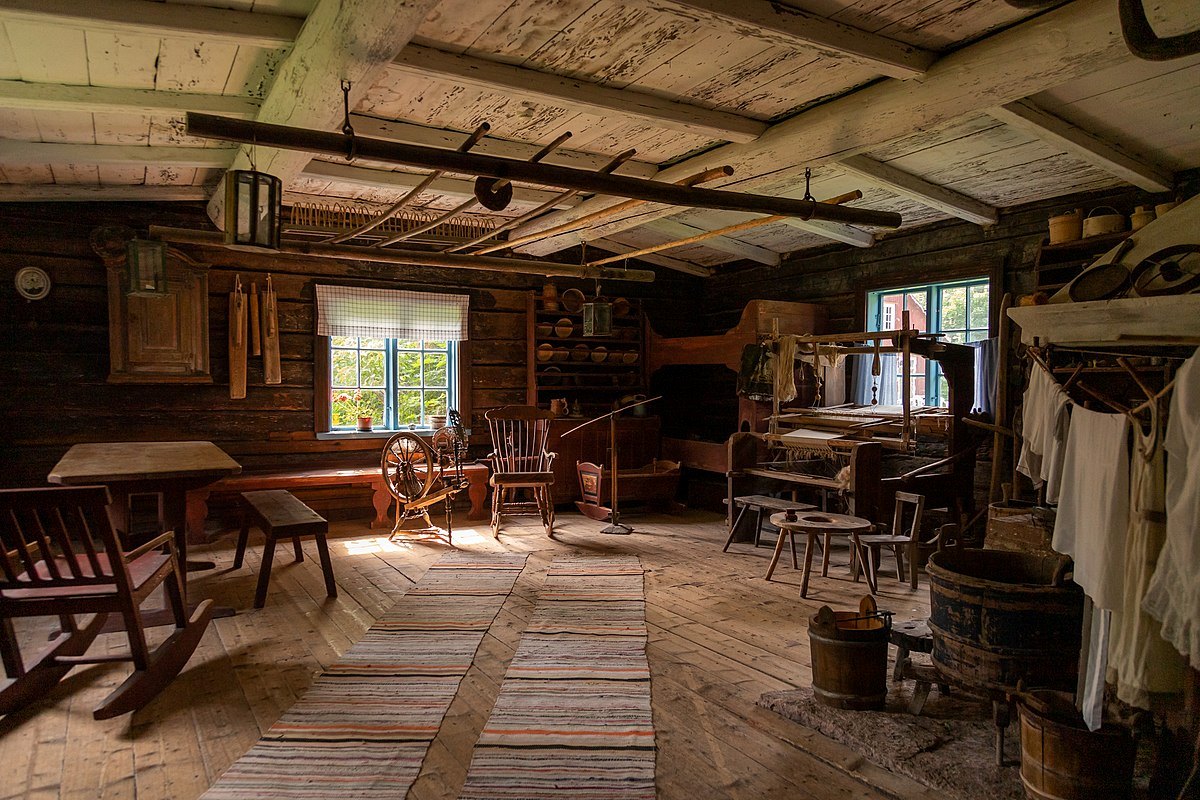


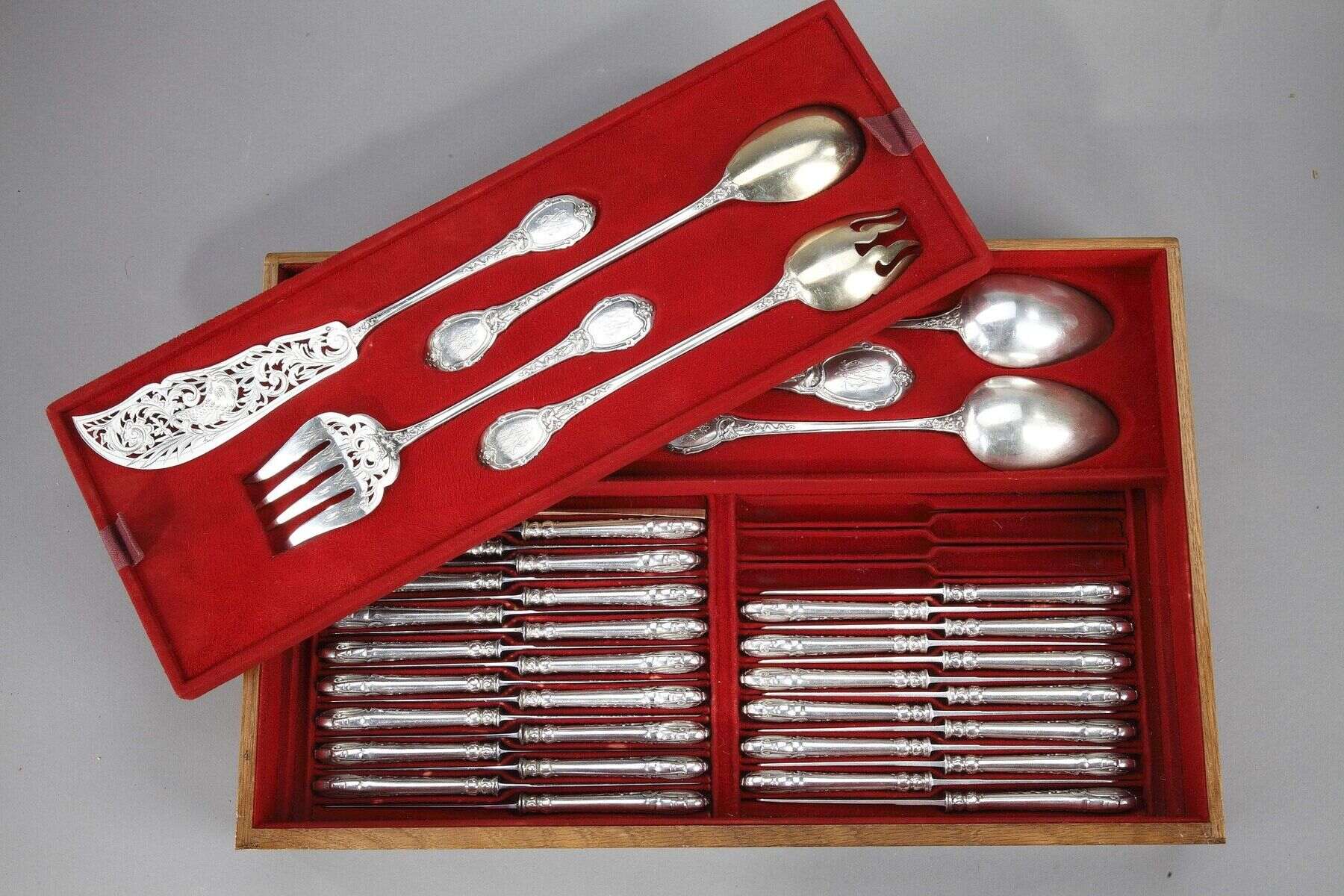
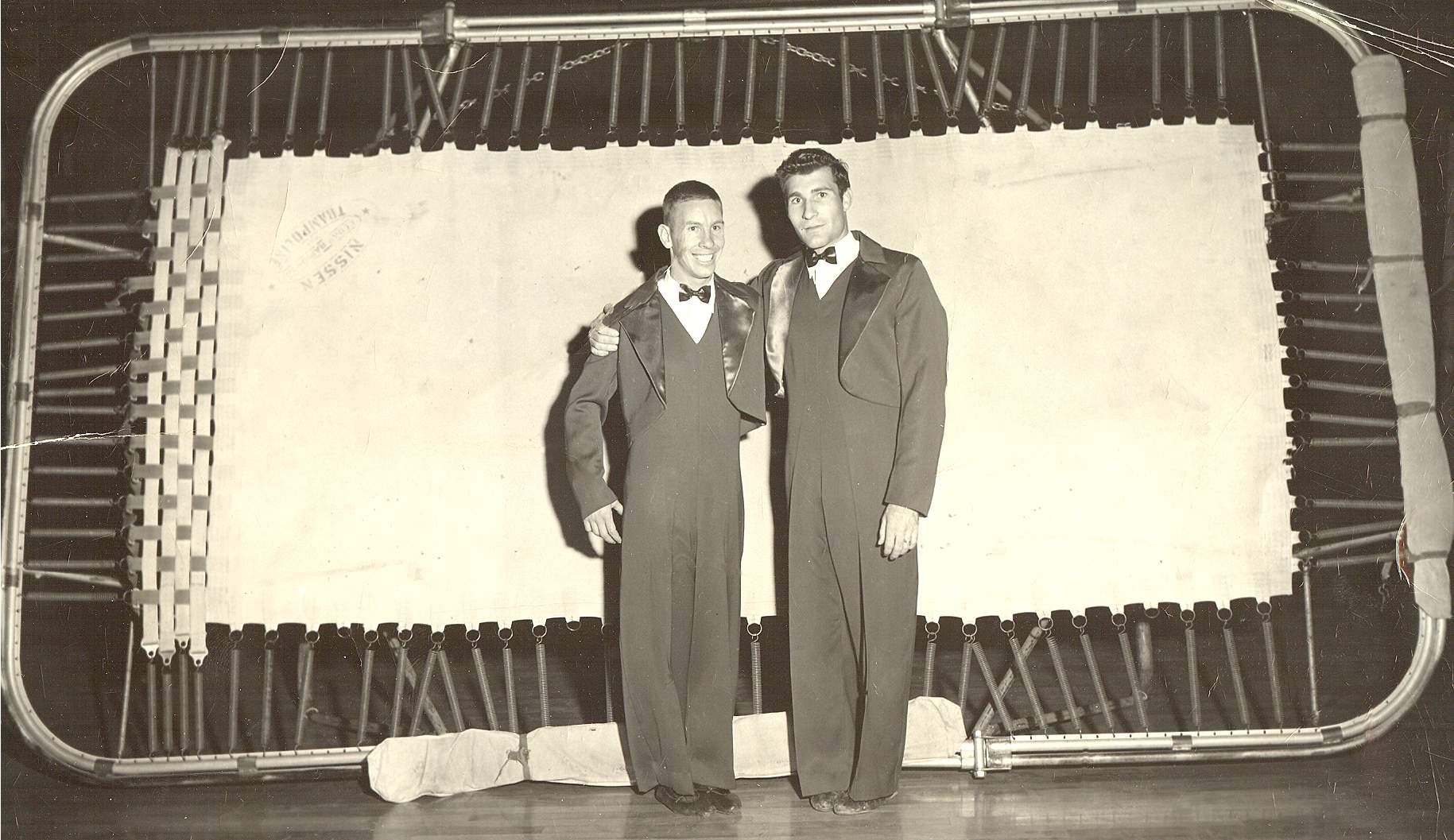

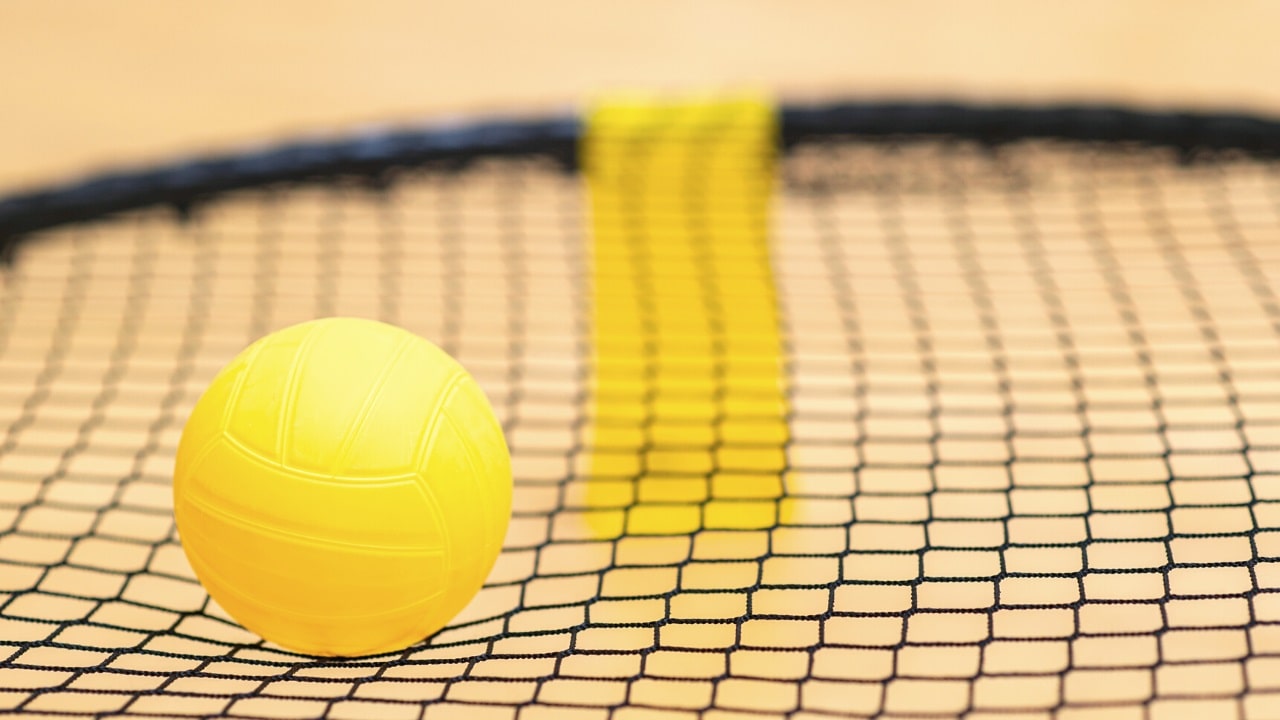
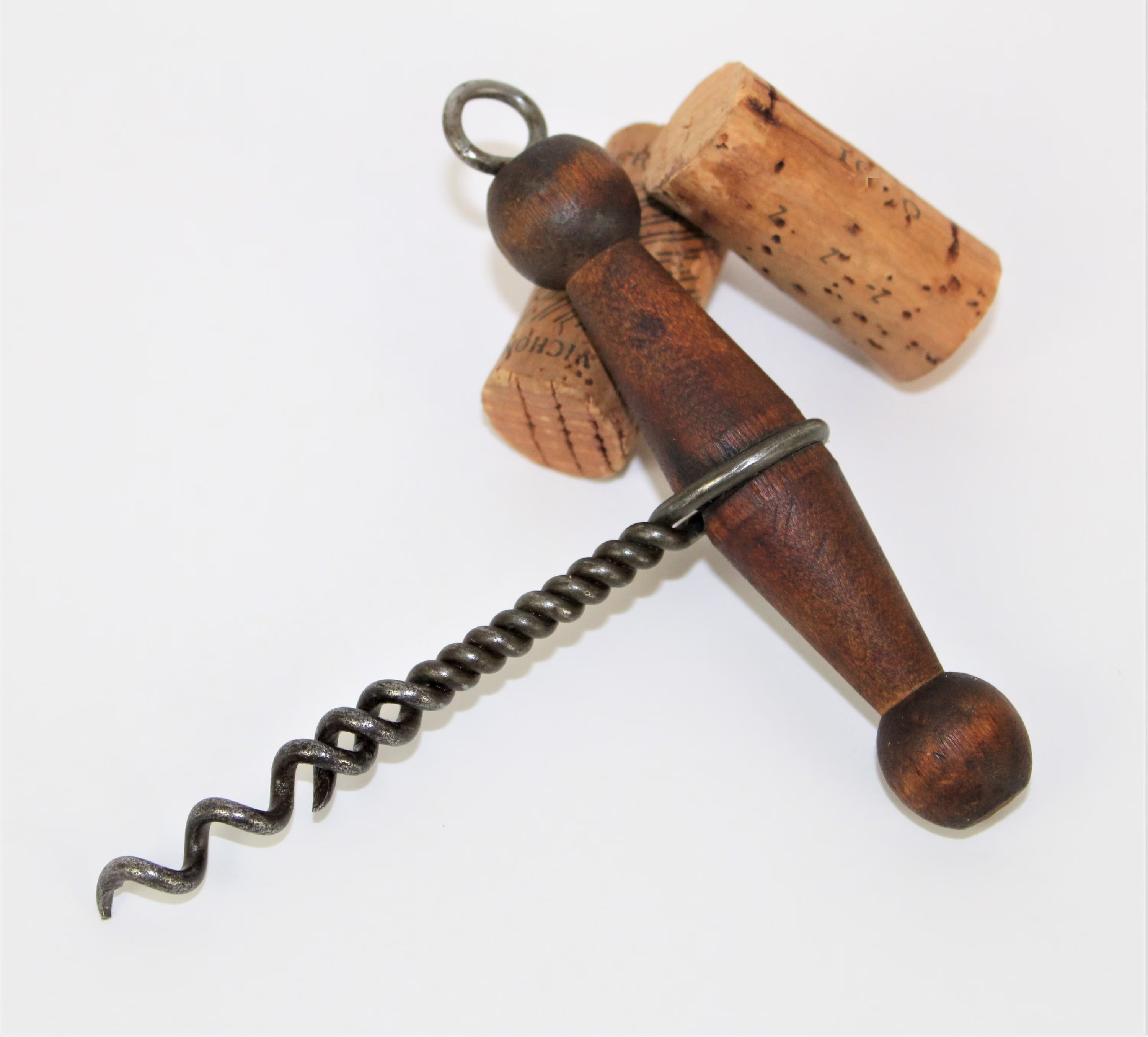


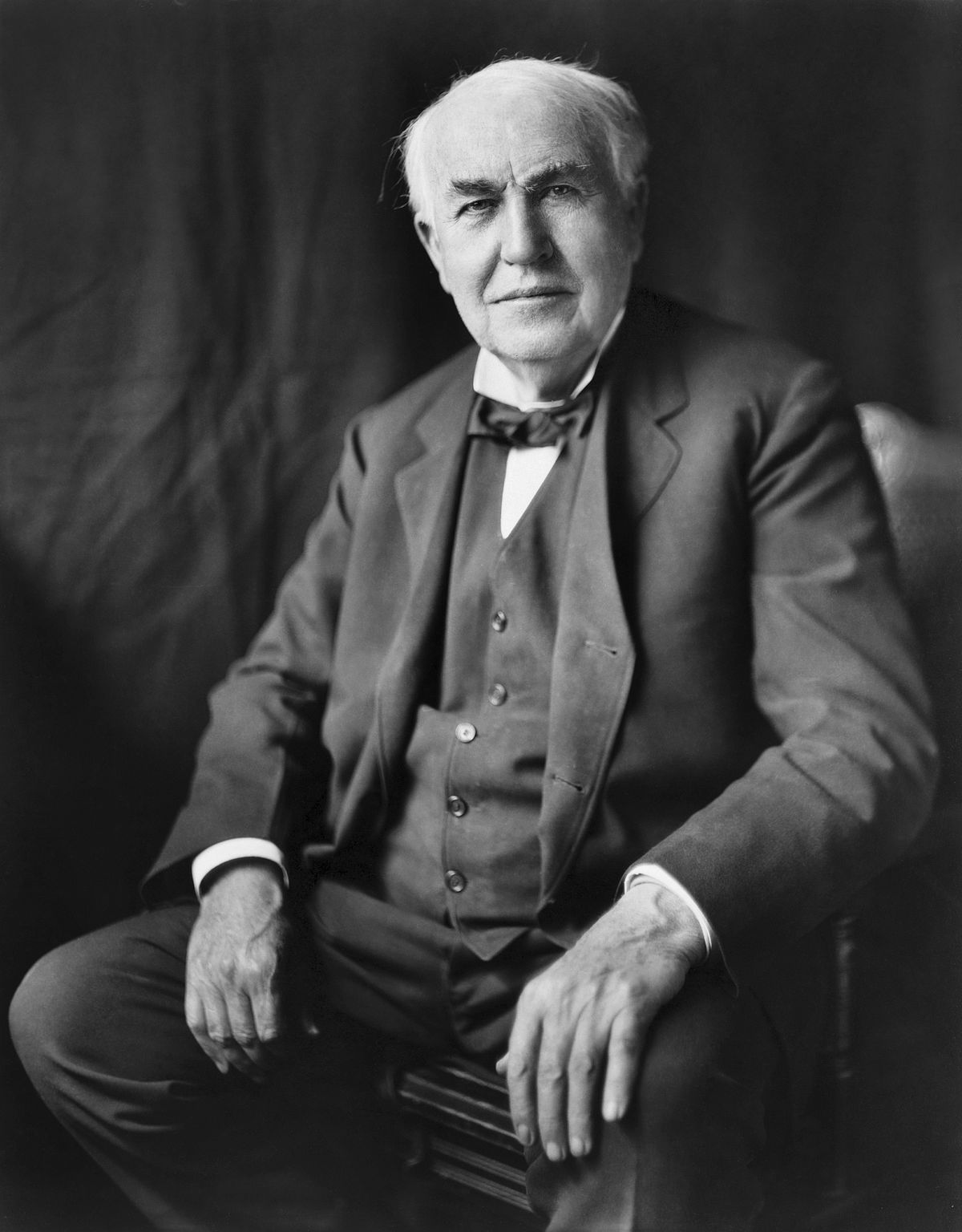
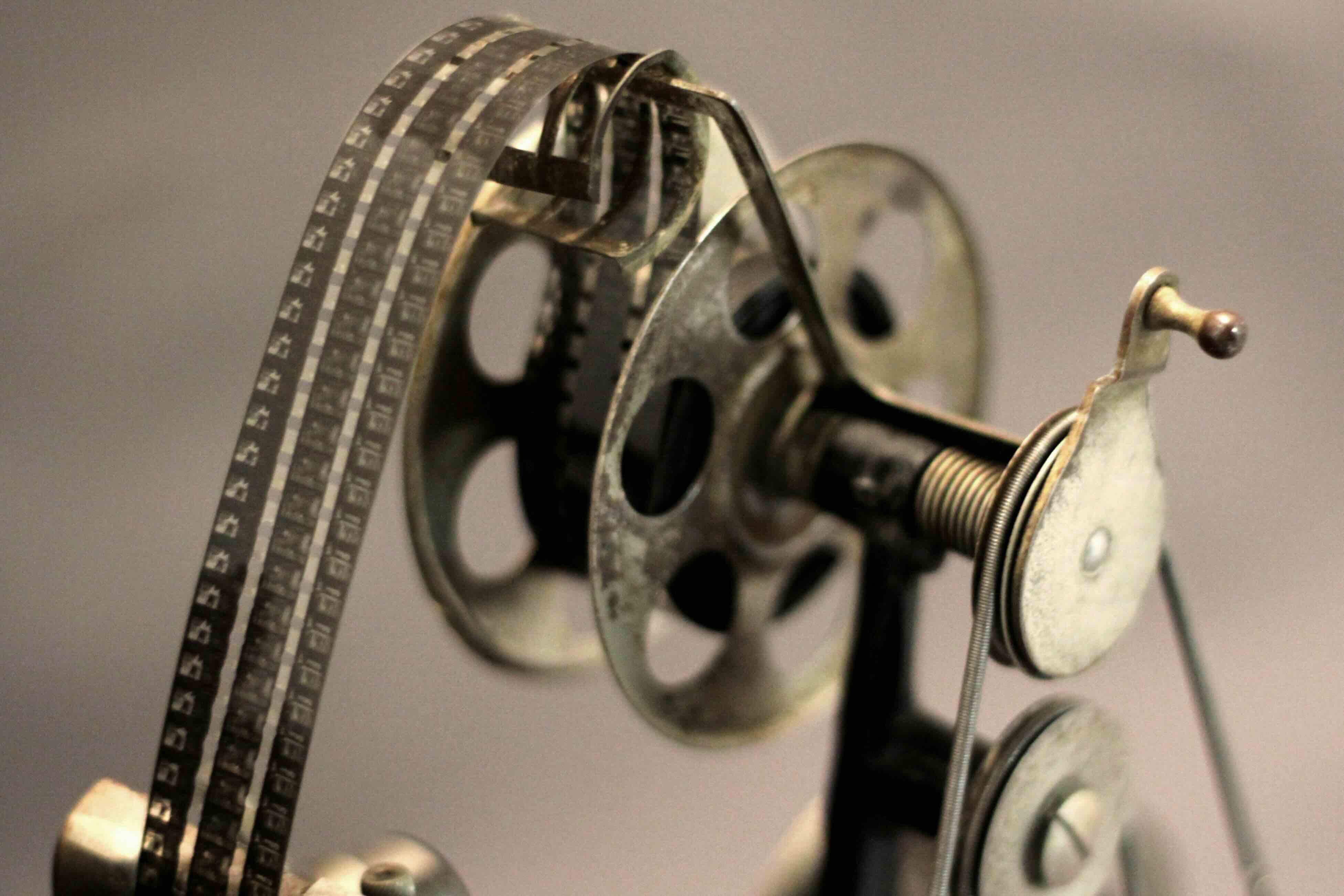


0 thoughts on “Who Invented The Duvet”